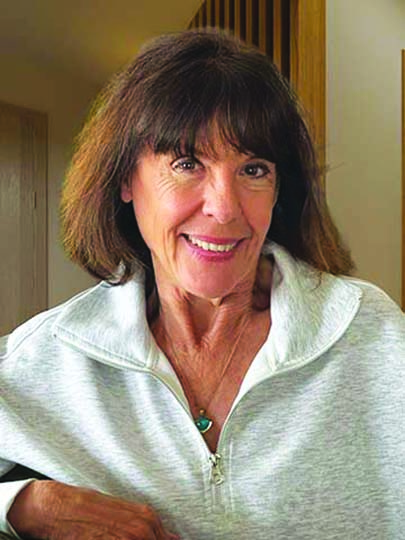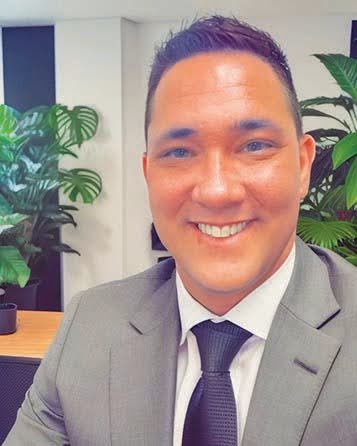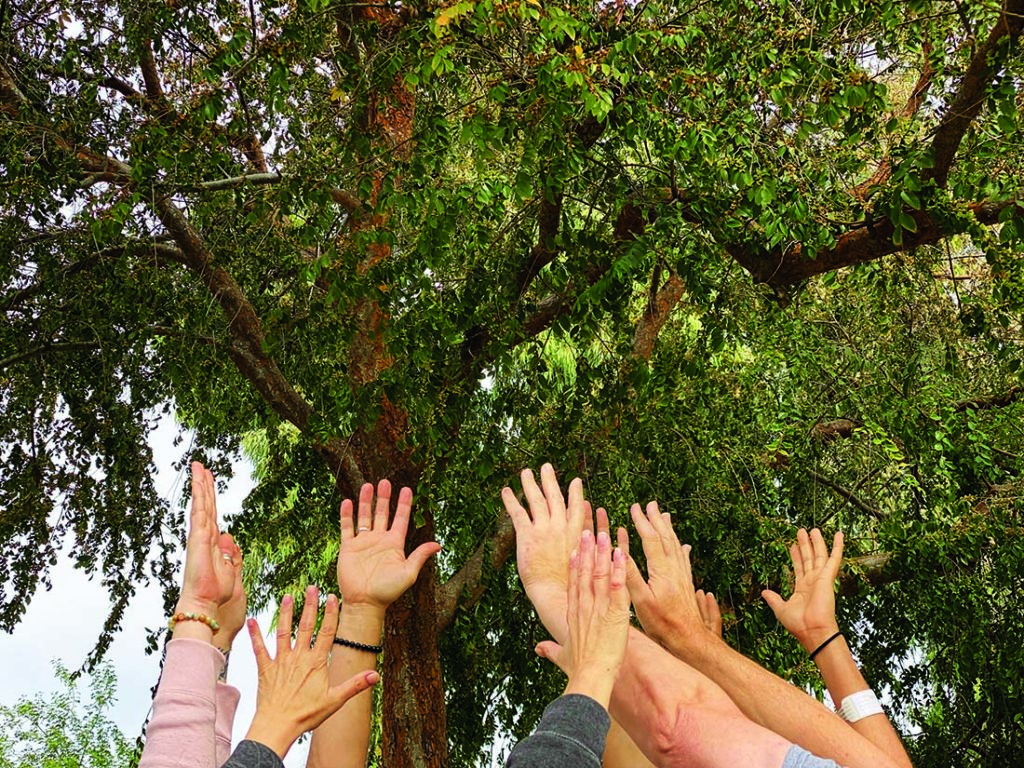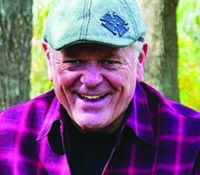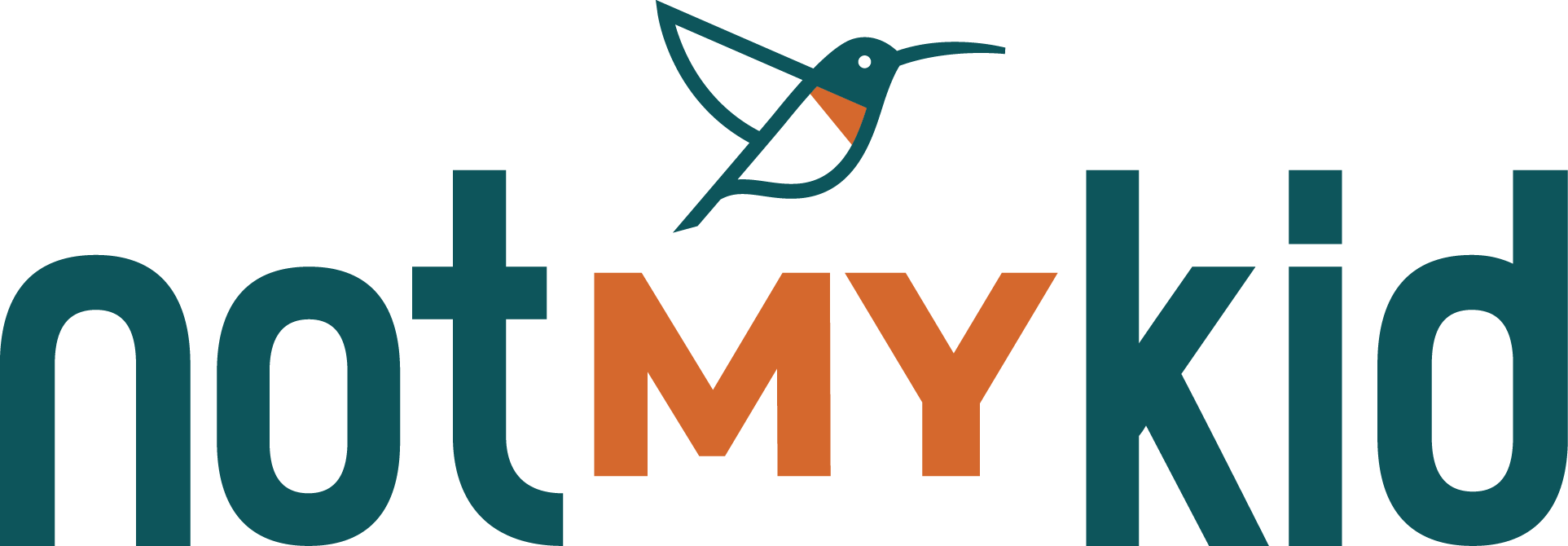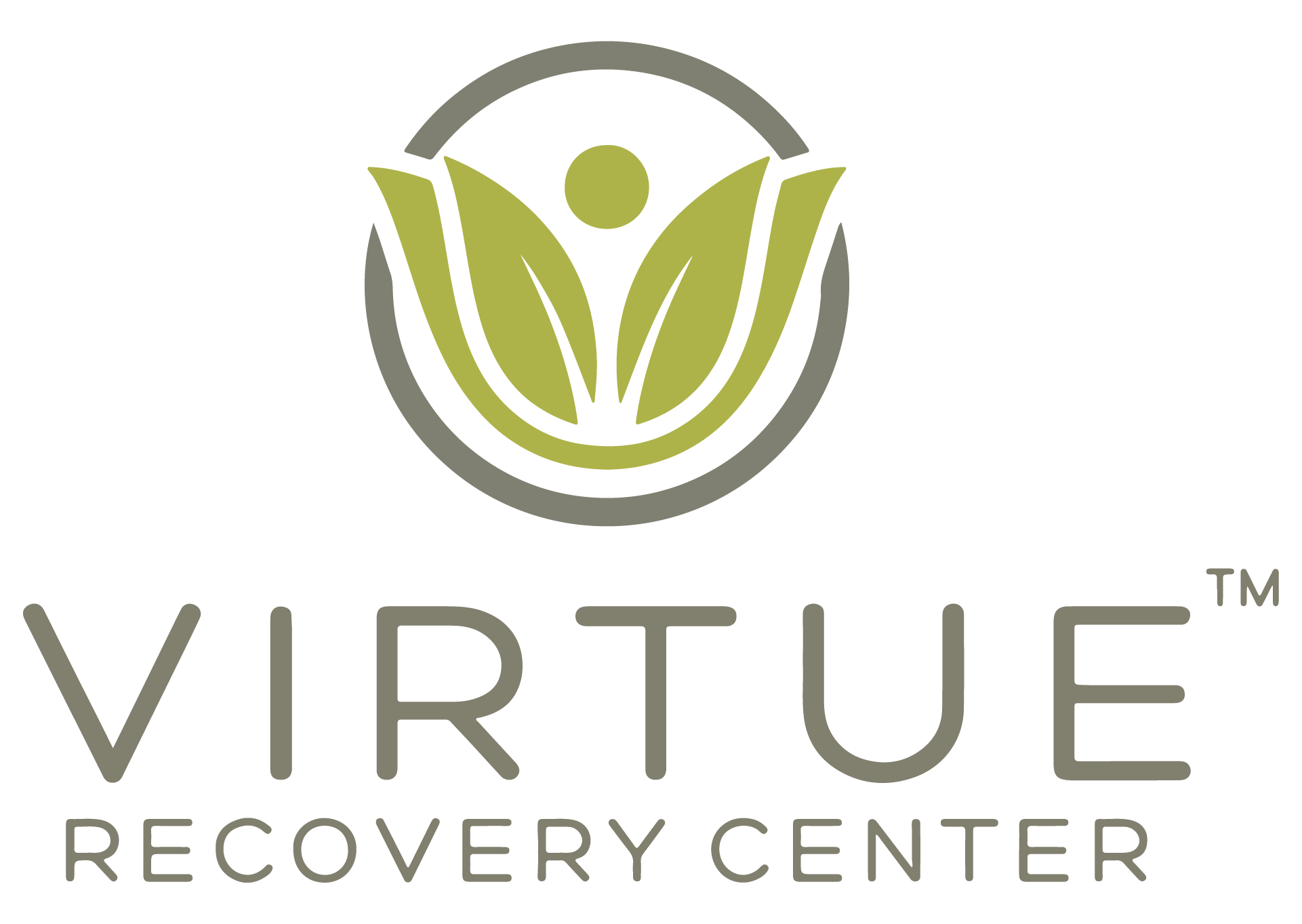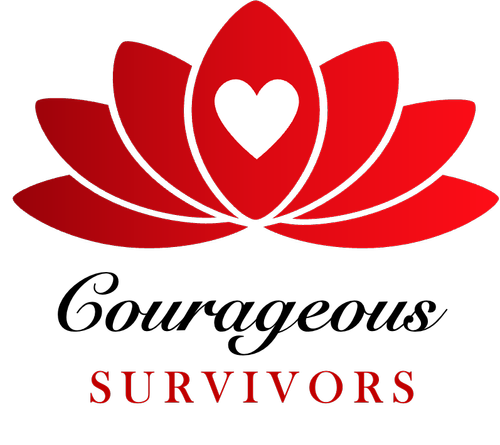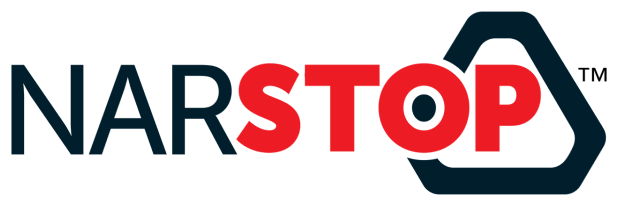By Amy Franklin, BS and Scott Borgeson, BS, Chaplain
“We felt compelled to do something different to help these individuals regain their lives through sobriety.”
On their first day in the Recovery 2.0 class at Calvary Healing Center, a patient exclaimed to the group, “This is the class I need to be in right now. I’m right where I need to be. I wish the whole day was this class.” Calvary patients are enthusiastically in support of the new program being offered which seeks to provide a deeper experience and understanding of the 12 Steps of Alcoholics Anonymous by working all 12 Steps during their 30-day stay.
Struggling to get the words out, this patient revealed to the group how they were holed up in a hotel, drinking but not eating, and unable to do anything but drink to ward off the shakes. They frequently broke into tears describing their family’s bewilderment, yet again, that they needed an alcohol in-patient treatment program. While in Calvary detox, this patient agreed to attend the Recovery 2.0 group. Once there, they engaged in the writing assignment necessary to begin the journey toward wholeness. The group’s response to his raw honesty was heartfelt, genuine, empathetic supportive and they applauded him.
What is Revolving Door Syndrome?
Revolving Door Syndrome, is a condition when an addict or alcoholic goes through multiple rehabilitation centers, gets clean, remains sober for a period of time, but relapses and ends up back in treatment.
This cycle is likely to increase fear and failure about continuous sobriety. If you’ve been an addict or alcoholic for a span of years, it’s common to experience these feelings. Recovery 2.0 seeks to identify specific fears, causes and conditions which may get to the roots of continued addiction and unlock the secret to contented sobriety.
According to the National Institute on Drug Abuse, Treatment and Recovery (2018), approximately 40-60 percent of people who engage in a substance use treatment program will relapse. This rate is similar to rates of relapse for other chronic diseases such as hypertension or asthma.
Therefore, substance use disorders should be treated like any other chronic illness — as substance use disorders are life-threatening illnesses. Relapse serves as a sign for resumed, modified, or new addictive or compulsive behaviors. Studies show when people engage in 12 Step support groups, such as Alcoholics Anonymous, 50-70 percent of people have remained abstinent with regular meeting attendance (Kaskutas, 2019). Although 12 Step programs are still a controversial topic, there is solid proof 12 Step programs are effective for maintaining long-term recovery, however, relapse can still occur.
Is Relapse Failure?
Relapse does not mean failure and in some cases, relapse is part of the recovery journey. People can have multiple relapses before they are finally able to maintain long-term recovery. In July of this year, Calvary Healing Center took the leap and launched the Recovery 2.0 Track.
“I was on the unit and asked a client why they were not in group, and they said they have already heard the lecture before,” says Scott Borgeson, Spiritual Care Counselor at Calvary. With collaboration between Scott and Amy Franklin, Utilization Review Coordinator, and the blessing of the leadership team, the Recovery 2.0 program was born with the intention to prevent repeat treatment admissions and address the needs of people who return for treatment. This program is specifically designed for those who have been through Calvary’s program or any other treatment program before, and are familiar with different treatment interventions that may have become repetitive. It is designed to give them something different than they have experienced previously.
Take a Deeper Dive
The new track offers a deeper dive into relapse prevention and the 12 steps. Patients sign a participation agreement prior to entering the Recovery 2.0 program which states the client must be willing to do the work of the 12 Steps and any other work assigned to them — thus making the work a priority. It’s an intensive program. Clients have the opportunity to work all 12 Steps in four weeks and learn extra relapse prevention skills incorporated with the steps. This allows participants to gain a new perspective in treatment, since most have not moved past Step 3 during other treatment stays.
Recovery 2.0 breaks down each of the 12 Steps one by one and takes a deep look into each step to explore their meaning and help the patients to discover what may be missing. Patients are expected to identify with a sponsor and are to work the steps with them while in treatment. Recovery 2.0 is not designed to take the place of a sponsor, but rather to enhance the 12 step experience.
Scott and Amy asked patients who have completed the program to provide feedback about their experience through surveys. Eleven of twelve patients who have completed the Recovery 2.0 program so far rated the program a 10. They were very satisfied. All ten reported they would recommend the program to other clients or someone in need of help. Some comments from clients include:
- “I liked the small group setting and the different focus from standard lectures.”
- “I liked the word for word approach to the twelve steps.”
- “I liked starting my day off with God’s message and purpose for me.”
- “Usually the best group of the day and got me off to a positive start to the day.”
- “We knew how to speak up in group without feeling embarrassed or ashamed.”
One patient shared their experience saying “I was able to work all 12 steps, and that was a very beneficial to my recovery here. I had no choice but to write everything that I had been holding onto inside, all that was eating me up. Now I truly feel free, which allows me to put recovery tools in place. This allows for forgiveness and peace in my recovery.”
This patient was able to successfully complete all 12 Steps in their 30 day stay, thus completing the Recovery 2.0 program. If a patient chooses to step down to the Partial Hospitalization Program after residential treatment, they can continue the work of Recovery 2.0 with Scott or Amy at this level of care.
The purpose behind developing this treatment track at Calvary Healing Center was to address an important need for patient care that was missing in our community, states Tamara Luckett, MSW, LCSW, Calvary Healing Center’s Clinical Director. The hopelessness we see with patients that try over and over again to get clean and sober shows us that treatment strategies being offered in the community are not always working as we would hope. We felt compelled to do something different to help these individuals regain their lives through sobriety. We believe by addressing the reasons for recurring relapses and treatment re-admissions will improve patient outcomes and satisfaction. Based on the initial data for the program, we are achieving these goals and it is really exciting to see patients work this program. Patients are opening up to recovery in ways we could not have imagined.
As the Recovery 2.0 program continues to develop, it appears to be just what Calvary needed to expand programming for returning patients and give them a new treatment experience. Calvary is excited about the future of this new program, and it has been very well received by patients and staff.
For additional information about Recovery 2.0 at Calvary Healing Center call (602) 279-1468. Visit www.calvarycenter.com.
Kaskutas L. A. (2009). Alcoholics anonymous effectiveness: faith meets science. Journal of Addictive Diseases, 28(2), 145–157. https://doi.org/10.1080/10550880902772464

